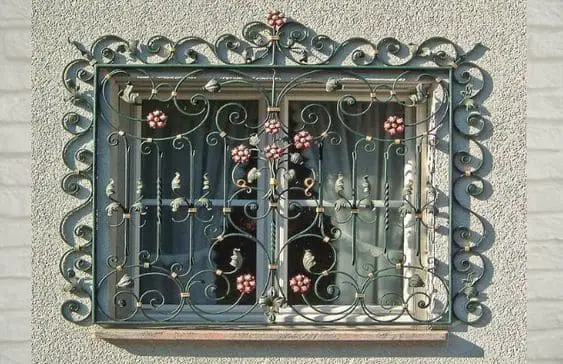When designing a home grill, both aesthetic and functional considerations play pivotal roles in creating a space that is not only visually appealing but also highly practical. Grilling enthusiasts know the importance of a well-designed space that enhances the cooking experience while seamlessly integrating into the overall home environment.
Understanding the Basics of Grill Design
The heart of any grill design is the grill itself. The choice between gas, charcoal, or electric grills impacts not only the taste and texture of the food but also the design considerations of the grill station. Gas grails offer convenience and control, which is perfect for those who grill often and desire quick start times and easy clean-up. Charcoal grills appeal to those who favor the traditional smoky flavor and enjoy the process of building and tending a fire. Electric grills are suitable for spaces where open flames might be restricted, such as balconies or indoors.
Optimizing Layout for Efficiency
The layout of a grilling area is critical for enhancing the grilling experience. It should promote efficiency, safety, and convenience. Key elements include sufficient prep space, easily accessible tool storage, and safety features like proper ventilation and non-slip flooring. Ideally, the grill should be positioned away from high traffic areas yet close enough to the kitchen to streamline the flow of ingredients and tools.
Material Selection for Durability and Style
Choosing the right materials is essential for both the longevity of the grill station and its aesthetic appeal. Stainless steel is popular for its durability and resistance to heat and weather conditions. For countertops, materials like granite or natural stone offer resilience and can withstand high temperatures. These materials also add a touch of elegance and can be chosen to complement the home’s exterior or landscaping.
Integrating Lighting and Electrical Elements
Proper lighting is crucial for evening grilling sessions. Integrating task lighting, such as overhead lights or spotlights, ensures that the grill area is well-lit, enhancing both safety and functionality. Additionally, incorporating electrical outlets within the design allows for the use of electric grills, smokers, or rotisseries, as well as other kitchen appliances like blenders or speakers.
Creating a Comfortable and Inviting Space
Beyond functionality, the grill area should serve as a welcoming space for gathering and entertaining. This can be achieved by including comfortable seating areas, protective shading like pergolas or umbrellas, and aesthetic touches such as decorative tiles or themed decorations. The inclusion of a bar or a fire pit can also enhance the social atmosphere, making the space more inviting for guests.
Leveraging Technology for Enhanced Grilling
Modern grilling stations can also incorporate smart technology to enhance the cooking experience. Digital thermometers, Bluetooth-enabled devices that monitor cooking temperatures and times. And even smart lighting systems can be integrated into the design. These technological additions not only add convenience but also ensure that meals are cooked perfectly every time.
Ensuring Safety in Design
Safety should always be a top priority in grill design. This includes ensuring that the grill is placed on a non-flammable surface, away from overhead structures and foliage. Protective barriers or insulation can be added to guard against heat transfer to combustible materials. Regular maintenance and inspections can prevent accidents and extend the life of the grill.
Sustainable Practices in Grill Design
Sustainability can also be integrated into the design of home grilling areas. Using eco-friendly materials, such as recycled metals or sustainable wood, reduces the environmental impact. Additionally, choosing energy-efficient appliances and implementing waste-reduction strategies. Like compost bins for food scraps, can further enhance the eco-friendliness of the space.
Conclusion
A well-designed home grill area seamlessly combines functionality with style. Creating a space that enhances the grilling experience while adding value to the home. By carefully considering each element—from the type of grill to the layout, materials, and safety features. Homeowners can create an outdoor cooking area that is not only efficient and safe but also a delightful focal point for social gatherings.


